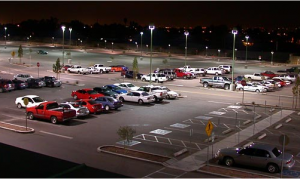 The customers experience at night begins in the parking lot, making Parking Lot Lighting the most valuable tool for a business at night. If a parking lot is poorly lit, customers will not stop, park, or shop. When a potential customer or client is considering visiting a store, shopping center or dealership, light can create a great sense of curb appeal attracting potential buyers or shoppers. A Well illuminated facility sends a clear message to customers that your business is open, ready to conduct business, and represents a more inviting, safer place to shop.
The customers experience at night begins in the parking lot, making Parking Lot Lighting the most valuable tool for a business at night. If a parking lot is poorly lit, customers will not stop, park, or shop. When a potential customer or client is considering visiting a store, shopping center or dealership, light can create a great sense of curb appeal attracting potential buyers or shoppers. A Well illuminated facility sends a clear message to customers that your business is open, ready to conduct business, and represents a more inviting, safer place to shop.
Making a good first impression!
Making this first impression a good one is vital to the success of any business. It is human nature to subconsciously be attracted to well illuminated areas, and thus increases traffic flow. Recently we received a call from a National Store Chain that the parking lot lighting was poor and needed to be improved. The concern was that most shoppers at night were female, and the lack of good, bright lighting made the store look unattractive to these potential shoppers. This is not just an assumption. As stores and shopping centers become larger in today’s real estate world, the walking distance from store to car becomes larger. Men have a tendency to not think about safety as much as women, so business owners must cater their lighting to the concerns of most women.
Poorly illuminated areas provide drastically increased potential risks, ranging from theft or purse-snatching to assault, rape, an even kidnapping. Women feel especially at risk walking to their car alone after dark. Few people realize the dangers inherent in this commonplace activity, but the fear alone may prevent potential customers from shopping at stores or centers with lower light levels. The criminal element is more likely to strike in these areas because the lack of Parking Lot Lighting allows the element of surprise and reduced visual acuity and increasing premise liability.
If a person is injured on a commercial property, regardless of the severity of the injury the business and property owner can be held liable financially if proven that there was insufficient light levels that could have prevented such an assault or injury from occurring.
Target Corporation prides itself in offering more for less. Target Corporation operates Target stores, a chain of large, general merchandise discount stores, The company currently operates 1,272 Target stores in 47 states, all of which are required to maintain a pristine, warm atmosphere for shoppers. Target established a corporate policy to maintain standards for light levels for its stores’ main parking, peripheral parking and front drive areas. As part of their store maintenance program, Target periodically evaluates the light levels of each of its store location’s parking lots. That’s why when Target believed its parking lot light levels at a popular location were not meeting its corporate standards, they called in the lighting experts to measure light levels, and take corrective action.
How much light should a parking lot have?
First we must understand that there is no such thing as too much light in a parking lot. Most often we find that retailers do not put a focus on parking lot lighting fixtures due to high costs of repair and energy consumption. There are many alternatives such as LED and Induction lighting that can reduce these costs while providing high levels of light. The Illumination Engineering Society in Partnership with Nema, the Nations leading authorities on parking lot lighting standards, has determined that the most appropriate light level for a business at night is 4.0 foot candles or greater. Local ordinances controlling light pollution may require lower levels, however meeting a maximum light level is most beneficial. This foot candle recommendation is both vertically and horizontally across the plane. Some businesses or centers that just measure light levels directly beneath a light pole may have inadequate lighting across the parking lot.
How can parking lot lighting be improved affordable?
Synergy Lighting offers a wide variety of HID, LED and Induction based lighting products that can improve parking lot lighting design scotopically, without requiring additional expenses of poles and wiring to be added. The human eye responds to brighter whiter light on a scotopic level with increased see-ability or visual acuity. Any of the following tips can improve a lighting system on an affordable basis:
- Convert High Pressure Sodium HID, to Metal Halide
- Use Natural White Lamps whenever possible
- Convert HID to LED or Induction which provides improved see-ability and scotopically rich lighting
- Change older fixture heads to newer heads with type III polished reflectors
- Replace hard mounted fixtures with adjustable angle fixtures
In cases where light direction is inadequate, replacing fixtures with lower wattage more efficient fixtures, can allow for more directional heads to be installed without requiring upgrades to the electrical system.
Why use LED or Induction for Parking Lot Lighting
With vast improvements in efficiency and affordability, the LED Parking Lot Lighting and Induction Parking Lot Lighting alternatives are an excellent choice. Both of these options offer over a 50% savings on energy waste while providing some of the brightest white light in today’s market. The ratio of light measured photopically (standard light meter), and scotopically (human eye), this is known as the S/P Ratio. The S/P Ratio for a 5000K natural white light source is 2.1. Standard metal halide light bulbs are 4000K cool white and have a S/P ratio of 1.65. where as a High Pressure Sodium system has an S/P ratio of 0.64 with the same photopic luminance as metal halide. This means that Metal Halide is twice as effective as HPS, while LED and Induction which are standard at 5000K are three times more effective while reducing electricity costs by 50% or greater.
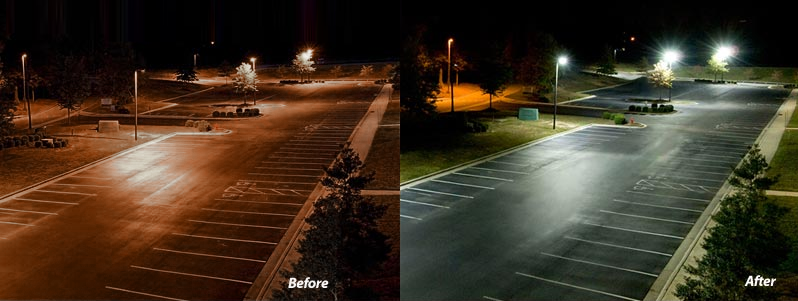
For more information on Parking Lot Lighting Systems, view our website or call Synergy Lighting for a free consultation.
Phone: (941)-756-4844
Toll Free: (877) 220-5483
e-mail: sales@synergylightingusa.com

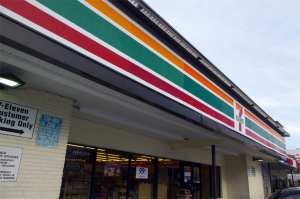
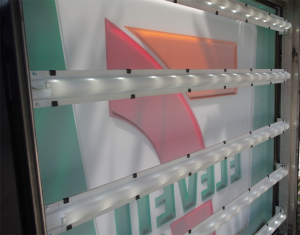
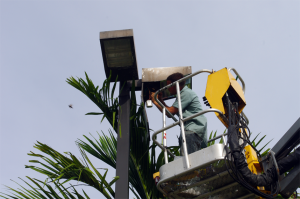
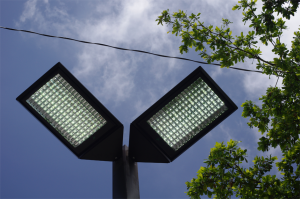
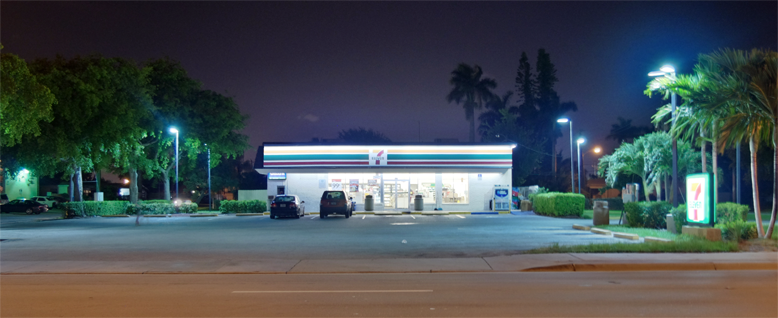
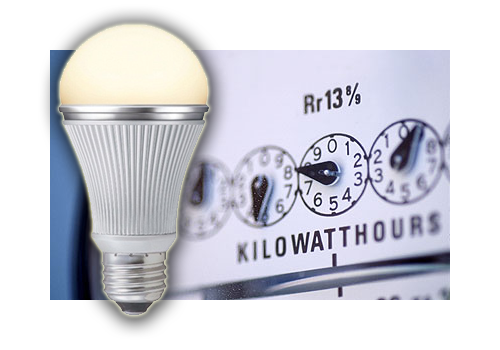


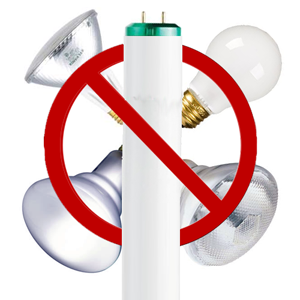
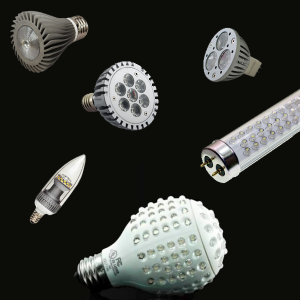
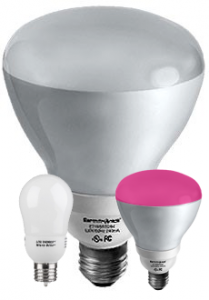
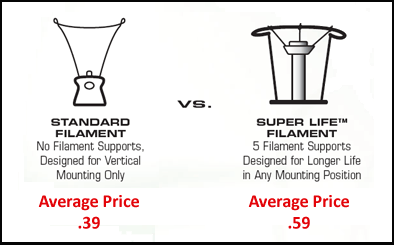 Sylvania, Philips, GE and many other manufacturers use a Standard Tungsten-Alloy Filament stretched between two filament supports. Unlike the Pure Tungsten Filaments invented by Thomas Edison, and used in most Industrial Grade Bulbs, the tungsten-alloy filament is weaker and does not hold up as long. This may be part of planned obsolescence, or a way to get a consumer to buy more bulbs. Industrial Grade lamps such as Halco, Superior Life Lamps use Pure Tungsten filaments with additional filament supports. This increase lamp life and stability when subjected to Heat, Vibration and Power Surge.
Sylvania, Philips, GE and many other manufacturers use a Standard Tungsten-Alloy Filament stretched between two filament supports. Unlike the Pure Tungsten Filaments invented by Thomas Edison, and used in most Industrial Grade Bulbs, the tungsten-alloy filament is weaker and does not hold up as long. This may be part of planned obsolescence, or a way to get a consumer to buy more bulbs. Industrial Grade lamps such as Halco, Superior Life Lamps use Pure Tungsten filaments with additional filament supports. This increase lamp life and stability when subjected to Heat, Vibration and Power Surge. With today’s credit crunch, leasing these projects provides an attractive alternative to a capital outlay and often makes the purchase of a lighting project more feasible. Payments can often be structured so they are less than the monthly savings and can generate immediate positive cash flow for the customer.
With today’s credit crunch, leasing these projects provides an attractive alternative to a capital outlay and often makes the purchase of a lighting project more feasible. Payments can often be structured so they are less than the monthly savings and can generate immediate positive cash flow for the customer.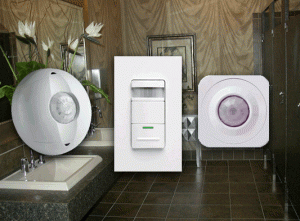 One of the biggest drawbacks in years past was the use in commercial bathrooms. If a bathroom stall was in use, the partitions would block the sensor from detecting that there was an occupant in the restroom, and the lights may turn out while the bathroom is still in use. Often perople would find themselves waving a hand over the stall door to try and activate the sensor again. This problem has been rectified with the creation of a “Nocc Sensor”, or Noise and Heat Activated Switch. The Nocc Sensor has a decibel rated noise sensor capable of detecting so much as a murmur or footstep, preventing it from turning off even if direct view of an occupant is blocked.
One of the biggest drawbacks in years past was the use in commercial bathrooms. If a bathroom stall was in use, the partitions would block the sensor from detecting that there was an occupant in the restroom, and the lights may turn out while the bathroom is still in use. Often perople would find themselves waving a hand over the stall door to try and activate the sensor again. This problem has been rectified with the creation of a “Nocc Sensor”, or Noise and Heat Activated Switch. The Nocc Sensor has a decibel rated noise sensor capable of detecting so much as a murmur or footstep, preventing it from turning off even if direct view of an occupant is blocked.
